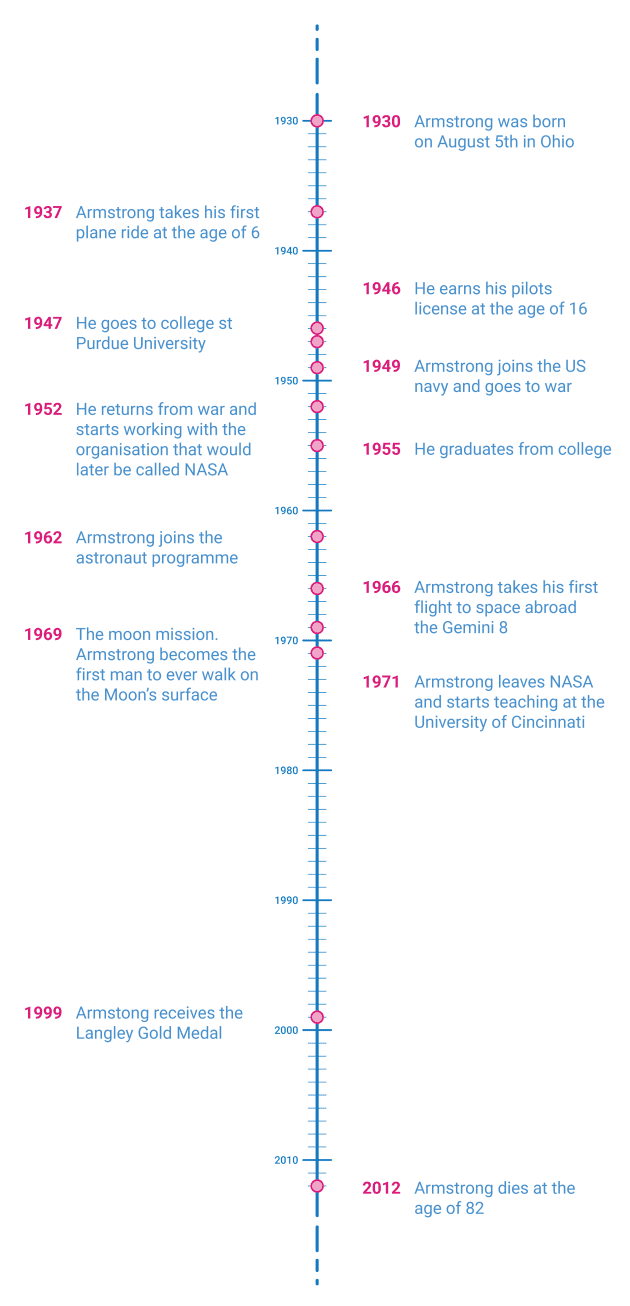
A crewed mission to the Moon would serve this purpose. Since the Soviet Union had higher lift capacity launch vehicles, Kennedy chose, from among options presented by NASA, a challenge beyond the capacity of the existing generation of rocketry, so that the US and Soviet Union would be starting from a position of equality. After being recovered from the Atlantic Ocean, he received a congratulatory telephone call from Eisenhower's successor, John F. Nearly a month later, on May 5, 1961, Alan Shepard became the first American in space, completing a 15-minute suborbital journey. But on April 12, 1961, Soviet cosmonaut Yuri Gagarin became the first person in space, and the first to orbit the Earth. Eisenhower responded to the Sputnik challenge by creating the National Aeronautics and Space Administration (NASA), and initiating Project Mercury, which aimed to launch a man into Earth orbit. This precipitated the Sputnik crisis, and triggered the Space Race to prove which superpower would achieve superior spaceflight capability. It demonstrated that the Soviet Union had the capability to deliver nuclear weapons over intercontinental distances, and challenged American claims of military, economic and technological superiority. This surprise success fired fears and imaginations around the world. On October 4, 1957, the Soviet Union launched Sputnik 1, the first artificial satellite. In the late 1950s and early 1960s, the United States was engaged in the Cold War, a geopolitical rivalry with the Soviet Union. Kennedy, "before this decade is out, of landing a man on the Moon and returning him safely to the Earth." He described the event as "one small step for man, one giant leap for mankind." Apollo 11 effectively proved US victory in the Space Race to demonstrate spaceflight superiority, by fulfilling a national goal proposed in 1961 by President John F.

First man on the moon facts for kids tv#
They returned to Earth and splashed down in the Pacific Ocean on July 24 after more than eight days in space.Īrmstrong's first step onto the lunar surface was broadcast on live TV to a worldwide audience. They jettisoned Eagle before they performed the maneuvers that propelled Columbia out of the last of its 30 lunar orbits onto a trajectory back to Earth. The astronauts used Eagle 's ascent stage to lift off from the lunar surface and rejoin Collins in the command module. Armstrong and Aldrin then moved into Eagle and landed in the Sea of Tranquility on July 20.

The Apollo spacecraft had three parts: a command module (CM) with a cabin for the three astronauts, the only part that returned to Earth a service module (SM), which supported the command module with propulsion, electrical power, oxygen, and water and a lunar module (LM) that had two stages-a descent stage for landing on the Moon and an ascent stage to place the astronauts back into lunar orbit.Īfter being sent to the Moon by the Saturn V's third stage, the astronauts separated the spacecraft from it and traveled for three days until they entered lunar orbit. Armstrong and Aldrin spent 21 hours, 36 minutes on the lunar surface, at a site they had named Tranquility Base upon landing, before lifting off to rejoin Columbia in lunar orbit.Īpollo 11 was launched by a Saturn V rocket from Kennedy Space Center on Merritt Island, Florida, on July 16 at 13:32 UTC, and it was the fifth crewed mission of NASA's Apollo program. Command module pilot Michael Collins flew the Command Module Columbia alone in lunar orbit while they were on the Moon's surface. They spent about two and a quarter hours together outside the spacecraft, and collected 47.5 pounds (21.5 kg) of lunar material to bring back to Earth.

Armstrong became the first person to step onto the lunar surface six hours and 39 minutes later on July 21 at 02:56 UTC Aldrin joined him 19 minutes later. Commander Neil Armstrong and lunar module pilot Buzz Aldrin formed the American crew that landed the Apollo Lunar Module Eagle on July 20, 1969, at 20:17 UTC. Apollo 11 (July 16–24, 1969) was the spaceflight that first landed humans on the Moon.


 0 kommentar(er)
0 kommentar(er)
